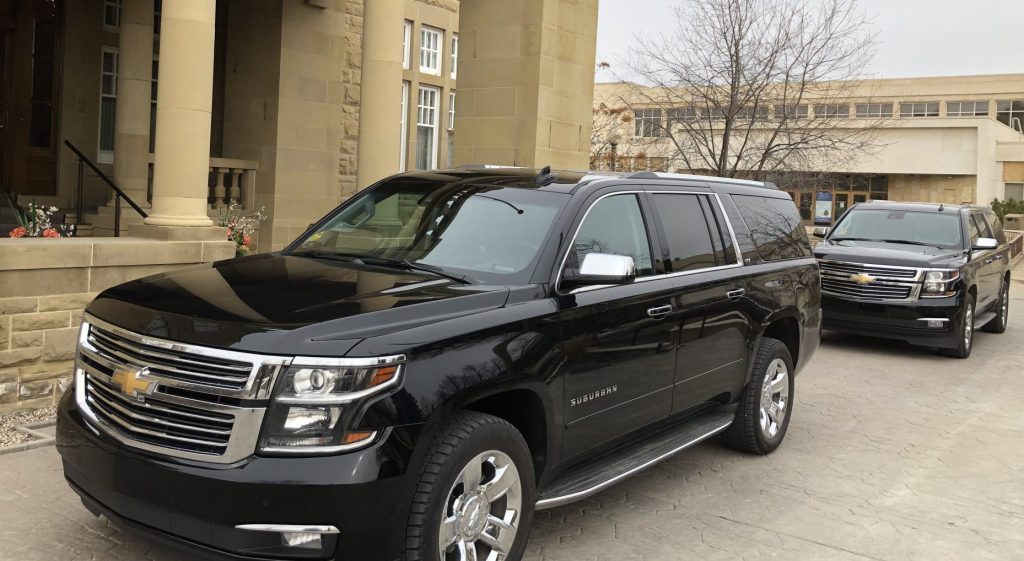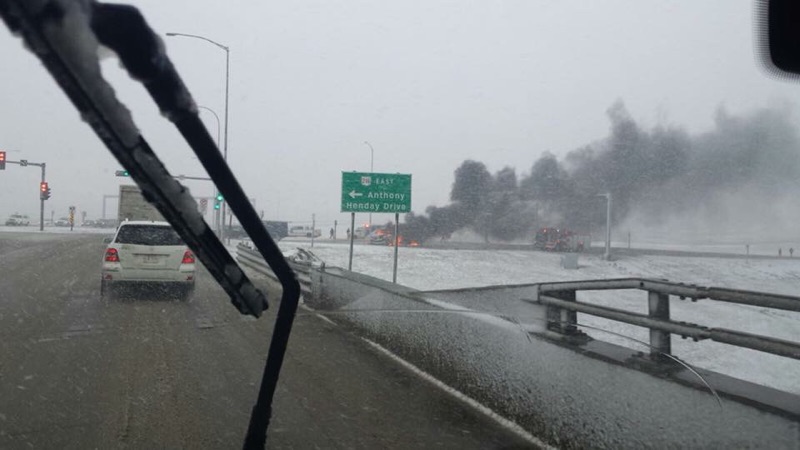Phase 2 – Entering the Executive Protection Field
Read Part 1 here if you missed it!
Welcome to Part 2 of 3 in our series on Executive Protection Training – Blueprint for Success.
Share this article (and series) with those you feel could benefit from it. Please add anything you think is missing via the comments area below or on your favorite social media platform. I know what I know, I want to know what you know too!
Intermediate Security Standards / Minimum EP Standards
The previously mentioned training is the minimum requirement just to get started in the field of Executive Protection. If you don’t have all of those baselines covered from a single training event or multiple courses, then you better get them before moving forward. Reputation is everything in this industry and in order to foster professional relationships, you will need your actions to speak for you. Don’t ruin your credibility on your first assignment by failing to have the most fundamental of skills.
We also need to be realistic here and you will have to balance your training based on time, funds and capability. Don’t be in a hurry to get too much training, too fast. Develop yourself slowly over time, while working in aligned fields and gaining experiences towards your goal of success in Executive Protection.
Look at career progression in Executive Protection more like a marathon, than a sprint.
Specific Driver training
In the beginning stages of your career, the driver training you were focusing on should have been fundamental but generic, in order to improve your basic driving skills. After receiving that training and properly practicing it, you will eventually be ready for more focused and specific EP driver training. There are many EP schools that include this as part of their regular program. If they do, that’s great but you should look for more as it likely wouldn’t have had all of the necessary elements or allowed you to fully hone your skills like you would on a dedicated course. If your EP program doesn’t include fundamental driver training, then you’re going to need to find some and you should also look at going to a different EP school.
Pro Tip: In EP the greatest and most likely threat to your client will be on the road. Don’t believe me, just look at all of the statistics on traffic collisions, injuries, and fatalities. Compare that to the information on attacks or assassination attempts on VIPs. Having the highest level of driving skills possible will only benefit you. Yes, you may not be driving in emergency mode or using anti-ambush skills daily, but being able to put yourself and some vehicles properly through advanced driver training will only make you better at regular driving.
Advanced Medical or Pre-Hospital Care
Now that you’re moving into EP you are going to need some more advanced medical capabilities. This is due in part to the nature of EP work and the level of professional capability expected by clients. Whether your client has a Boo Boo, broken leg and all the way up to traumatic injury or cardiac arrest, the sooner you can act the better their chance of survival. The job of EP can also take you to some far off and remote places, often where there is little to no quality medical support. The more self-sufficient you are as an individual or a team, the better off your client will be and the more employable you will be.
Pro Tip: Advanced pre-hospital care training can have very high initial costs. But it can also have very expensive annual recertifications, licensing and testing; depending on what level you attain. Make sure you factor the long term costs into your plan. You will also need to consider getting on-the-job experience and how you will maintain your skills. I know many EP practitioners with medical capabilities who work part-time on ambulances. This will not give you the same capabilities as a full-time medic, but it will be better than allowing your skills to fade from taking a course and doing nothing with what you learned.
Combatives
Having some basic defensive tactics skills is a good start, but in order to be effective when the stuff hits the fans, I highly recommend developing a high level of fighting skills. I am a strong advocator for Brazilian Jiu-Jitsu, Western Boxing/kickboxing, Krav Maga and any martial art that includes a mix of grappling and striking; focused on real-world applications. With the increase in mixed martial arts popularity, joining an MMA gym and taking some classes would be very beneficial. Regardless of what you do at this level, you must continue to develop these skills throughout your career and practice them regularly.
Soft Skills – Soft Skills – Soft Skills
So far most of what we’ve been talking about has been focused on what the industry would refer to as hard skills. The hard skills are what differentiate you from executive assistants, limo drivers, travel agents, and other support staff. Your hard skills are what you will use when things go bad or create an atmosphere of strength that may deter an attack. Unfortunately, if you want a sustainable and successful career in EP, the hard skills are not enough. You will need to seek out and acquire as many soft skills as possible and you may have to step outside the protection industry to gain such capabilities. Categories you should look for would include:
- social dynamics,
- culture,
- etiquette,
- administration,
- logistics,
- Protective Intelligence,
- Travel Protection & Risk Management,
- and the myriad of computers or other technical capabilities that are required in today’s world.
DO NOT DISCOUNT THE IMPORTANCE OR VALUE OF SOFT SKILLS IN EP. I often say to my students and mentees:
In EP you will get hired for your hard skills, but fired for your lack of soft skills
EP SubCulture
This is something you are not likely to learn specifically on any course or training program but are getting exposed to it every time you interact with someone in EP. Its also not something I can teach you but instead, you must experience and learn in order to grasp the subtle nuances. Every organization has a culture on the surface, but if you get below the top layer you start to learn the little things that make an organization or industry function (or dysfunction in many cases). When it comes to EP, the main problem is the industry is not an organization and has many influences stemming from each industry influencer, different training programs, regional laws, local cultures and so much more; including the clients whom each agent protects. Learning how to walk the minefield that is the subculture of the EP industry can greatly help you succeed in your career.
Pro Tip: One tool I’ve found for learning the global EP subculture has been social media groups. By seeing what people post and more importantly the comments, you can really learn a lot about the way the industry operates. Just be very careful about this approach as you don’t always get the most professional opinions and you must very carefully consider each source. Also, remember when I said that training is a precursor for future work. Well, what you post, do and say on the internet has the same effect, even if you hide behind a pseudonym (fake name).
EP SubCulture Pro Tip #2: Even better than social media for really learning and growing in the EP culture is to attend diverse courses all over the world and attend international conferences. Check out my article on the 2018 International Protective Security Board Close Protection Conference. The IPSB CP conference is one of the most beneficial exposures you will get to the EP culture. It also provides fantastic professional development content and opportunities for success. The presentations are top-notch, the speakers are experts and the connections made can lead directly to employment. Just make sure attending the conference is not the only thing you do.
Experience
Training alone will not prepare you for a succesful career in Executive Protection. You must go out and get some expereince, even if it does’n pay what you want. Get some experience in and around VIPs. Remeber every VIP is a person and every person is different. Therefore the more expereince you get with VIPs the more capable and diverse your skillset will be for dealing with other VIPs. Experience is also a great way to identify lapses in your training. When you’re on the job and notice something, talk to someone or have a question; much of those concerns will help you decide what training you need next.
Conclusion – Part 2/Phase 2
In part 1 of this series and phase 1 of your career, we focused on the basic minimum requirements for getting into Private Security and starting the journey towards success in Executive Protection. In phase 2 of your career (and part 2 of this series) you have now gained the minimum requirements to enter EP and will continue a cycle of Knowledge, Training, and Experience. The wonderful and frustrating part of EP is that this cycle can run from 2 years to 20 years or more. As long as you are in EP you must continue to evolve in order to be successful and stay ahead of the enemy. Sometimes that enemy is a bad guy, sometimes the enemy is your environment and sometimes that enemy is yourself.




Pingback: Executive Protection Training – Blueprint for Success (Part 1) – SpecVIP Protection Group Inc.